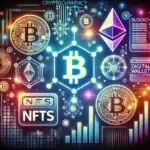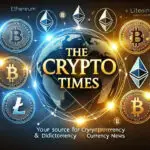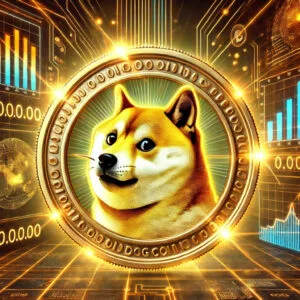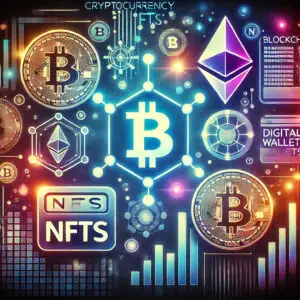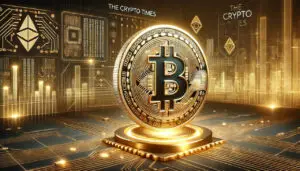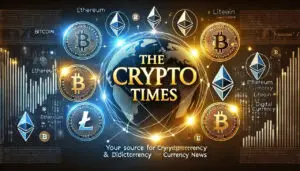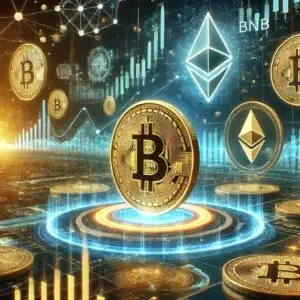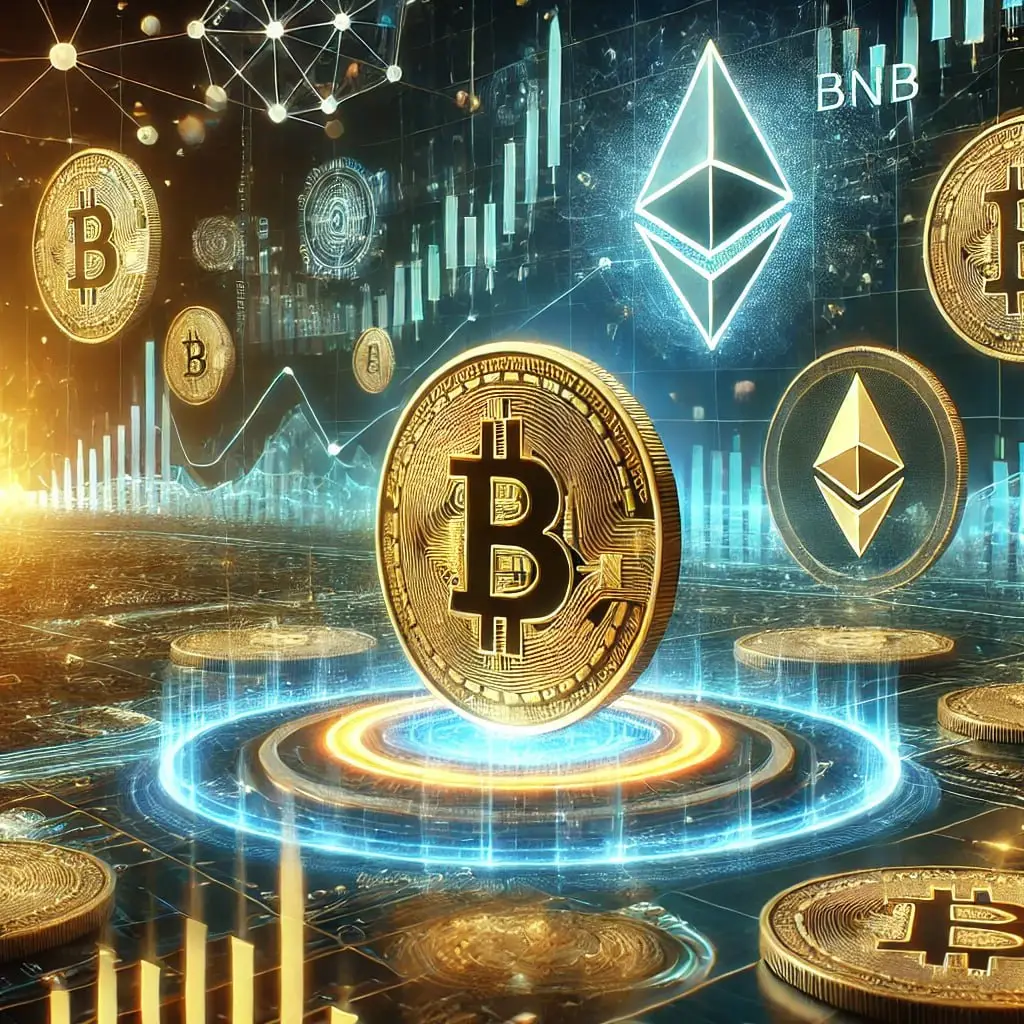
The Crypto Times
Gold has long been regarded as one of the most stable and valuable assets in the global financial system. However, with the rise of cryptocurrency and digital assets like NFTs, investors are questioning the future of traditional currency and whether gold remains a strong hedge against inflation. As covered in The Crypto Times, the latest movements in the gold market are closely tied to broader economic factors, including interest rates, inflation, and even the growing influence of crypto. Let’s take a closer look at the most recent gold market trends and how they compare to the rise of cryptocurrency.
Gold vs. Crypto: Competing Stores of Value
For centuries, gold has been considered a reliable store of value, protecting investors from economic downturns. However, with the emergence of cryptocurrency, digital assets like Bitcoin are now being referred to as “digital gold.” Investors are increasingly diversifying their portfolios to include both traditional gold investments and crypto assets.
In recent years, the price of gold has been influenced by global uncertainty, central bank policies, and inflation. Similarly, crypto news has shown how Bitcoin reacts to these same economic pressures, often experiencing price surges when traditional markets face volatility. This ongoing debate between gold vs. cryptocurrency continues to shape investment strategies.
Gold Market Trends in 2025
1. Central Bank Gold Reserves Are Rising
Many central banks worldwide are increasing their gold reserves, signaling continued confidence in the metal. Countries like China, Russia, and India have been purchasing significant amounts of gold, reinforcing its role as a safe-haven asset. At the same time, central banks are also exploring digital currencies, with some launching central bank digital currencies (CBDCs)—a direct response to the growing influence of crypto.
2. Inflation and Gold’s Price Movements
Inflation plays a crucial role in gold’s value. When inflation rises, traditional currency loses purchasing power, making gold a more attractive investment. Recent crypto news has shown that some investors are also turning to cryptocurrency as a hedge against inflation. While gold remains a physical, finite resource, crypto assets like Bitcoin have a fixed supply, leading to increased demand during economic uncertainty.
3. Gold ETFs and Digital Gold
Gold-backed exchange-traded funds (ETFs) have gained popularity, allowing investors to hold gold without physically owning it. However, the rise of NFTs and tokenized gold is changing the way investors view gold ownership. Digital assets backed by real gold are now available on crypto exchanges, offering a new way to invest in precious metals.
How Crypto is Changing Gold Investments
The intersection of crypto and gold markets is becoming more evident. With blockchain technology, investors can now trade tokenized gold on cryptocurrency platforms. This provides greater accessibility, lower transaction costs, and increased security.
Some key innovations include:
- Gold-backed cryptocurrencies – Digital tokens pegged to gold reserves allow investors to hold fractional amounts of gold on the blockchain.
- NFTs tied to gold – Some companies are experimenting with NFTs that represent ownership of physical gold, creating a secure and verifiable way to trade gold assets.
- Decentralized finance (DeFi) and gold lending – The crypto world is now enabling gold lending and borrowing through DeFi protocols, allowing users to earn interest on their gold holdings.
Will Gold Remain King?
Despite the growing popularity of crypto, gold continues to hold its ground as a safe-haven asset. Many investors still trust gold’s historical stability, even as cryptocurrency adoption rises. The difference lies in accessibility—while gold requires storage and physical handling, crypto is entirely digital, making transactions faster and more efficient.
However, The Crypto Times has reported that institutional investors are increasingly treating cryptocurrency as a long-term investment, much like gold. As blockchain technology advances, we may see a hybrid investment approach, where traditional gold markets merge with crypto innovations.
Conclusion: A New Era for Gold and Crypto
The latest gold market trends indicate that while gold remains a critical part of the financial system, cryptocurrency is reshaping the way investors approach safe-haven assets. With crypto-backed gold investments, tokenized assets, and NFT-based ownership models, the gold market is entering a digital age.
As always, The Crypto Times will continue to provide insights into the evolving relationship between gold, cryptocurrency, and digital finance. Whether you’re a traditional gold investor or a crypto enthusiast, staying informed about these trends will help you navigate the changing investment landscape.
Please don’t forget to leave a review.
